BRAVE - OR WHAT?
Up until a few days ago the starting line-up for the 2012 British Superbike Championship would have included three, or maybe four, top-flight riders making a return from serious injury. No, that's an understatement. More like near-death experience.
Stuart Easton spent weeks in intensive care, suffering broken bones and severely ruptured internals, after being clipped from behind at 150mph at the North West 200; Ian Hutchinson came within minutes of having his leg amputated following a crash at Silverstone; Simon Andrews had his leg smashed in a spectacular accident at Snetterton; and John Laverty no doubt considered himself extremely lucky to survive hitting the pit wall at Oulton Park resulting in him also spending several weeks in intensive care.
What they have in common, apart from their suffering, is a burning - some might say insane - desire to resume where they left off. They will do whatever it takes to get back on that grid for the opening meeting of the season.
Why do they do it?
The only bunch of sportsmen who might rival motor cycle racers for bravery are steeplechase jockeys. They fall off quite regularly, even the great champion Tony McCoy will have several tumbles in a season. Mostly they result in broken ribs and collarbones. They carry on because it's their livelihood and the risk of serious injury is low.
But crashing at high speed is a different order of risk. Talk to people who see racing on TV, usually punctuated by the odd crash, and you can bet they will say: "They must be mad!" Regular fans and people close to the sport know that this is not the case - in most cases anyway - but we are talking about a bunch of special people.
Sometimes it is said 'they have no fear'. Not true but watching is often more nerve-racking for the spectator than the rider. It is their choice, their job, and many have been doing it since childhood. They accept that there will be accidents and they will, in all probability, get hurt from time to time.
As the great Bob McIntyre said:" If you don't fall off every now and again, you aren't trying hard enough."
But what racers have, more than most, is the belief that it will never happen to them - the ultimate I mean. We all have it to a certain degree. If we didn't then any activity which involved some risk would be off limits. And we generally don't go into things thinking we are going to fail. But this inbuilt optimism means we are often not the best judge of our own capabilities.
So it is very important that when riders like the above-named, and others, want to make a return to a high risk sport where other people's lives may be involved they are judged fit to do so by the most expert and independent medical opinion. It is assumed and accepted that in all cases this has been followed and it was therefore ironic that in what no doubt seemed a fairly harmless stunt at the London motorcycle show Ian Hutchinson broke the same leg, albeit in a different place, that has laid him low for 18 months.
We wish Hutchy a speedy return, although not without some worries. And the same applies to those other brave boys Easton, Laverty and Andrews.
TRAVELLING IN HOPE
It is often better to travel in hope than to arrive it is said. And for those World Superbike hopefuls making the long journey to a small island off the south west coast of Australia that is exactly how it was last year. But this year is going to be different, isn't it?
Phillip Island is probably better known to most tourists for its miniature penguins than its motor bikes but at least twice a year it is the big draw for bike racing fans from all over Oz and further afield.
Bearing a remarkable resemblance to the Isle of Wight with towns/villages called Cowes and Ventnor it possesses something which the IoW doesn't, but perhaps should: one of the best racing circuits in the world.
And in two weeks time the racing season kicks off with the first round of WSB when Britain's hopes of a world champion, emulating James Toseland and the iconic Carl Fogarty, will be raised. And we hope, fulfilled.
Those same hopes were raised 12 months ago but it quickly became obvious that we were to be disappointed. The BMW and Kawasaki teams with Leon Haslam and Tom Sykes seemed disorganised and were, quite frankly, outclassed. Leon Camier tried hard on the Aprillia but the team seemed focussed on one rider, Max Biaggi. Jonathan Rea tried as hard as only he can with an outdated Honda, with some success.
It was another Irishman who caught the eye in his debut in the series. Eugene Laverty had the benefit of a good team, Yamaha, and together with team-mate Marco Melandri looked a real threat. But eventually the brilliance of old-stager Carlos Checa and the backing of Ducati was too much.
Laverty has the 'benefit' of being Biaggi's team-mate at Apriloa this year. Can he do better than Camier last year? Probably, if only because he will fit the bike better. Having one rider who is 5ft 5in and the other 6ft 4in (in old money) has its difficulties besides, of course, the enormous ego of the other.
Can we get a world title this time? If BMW could get their act together I would go for Leon Haslam with Melandri, his new team-mate providing his biggest challenge. But the German team have got it so wrong for the last two years that I am not confident and look to Laverty and Rea to grab more podium spots.
What of the Suzuki challenge with Camier and John Hopkins? Both terrific riders with the latter's determination and class not to be discounted. Will their machines be quick enough? Sadly, or gladly, Carlos Checa and Althea Ducati are still the team to beat. And you can't count out Chaz Davies...
There is plenty of life in those old dogs. But it is time the young dogs, if they are as good as they think they are, stepped up to the plate.
The views of Lone Wolf are not necessarily those of bikesportnews.com or its editor. In fact, they are usually the polar opposite, but it takes all sorts...


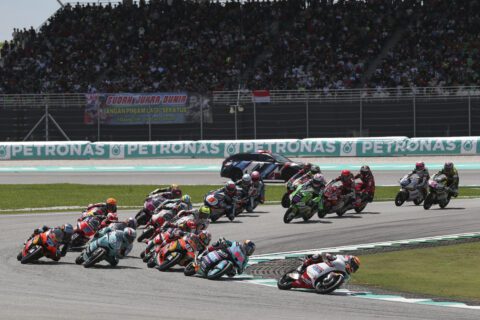
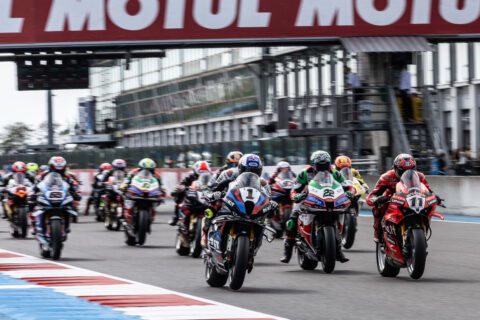
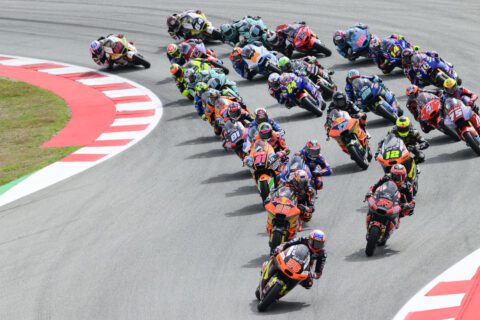
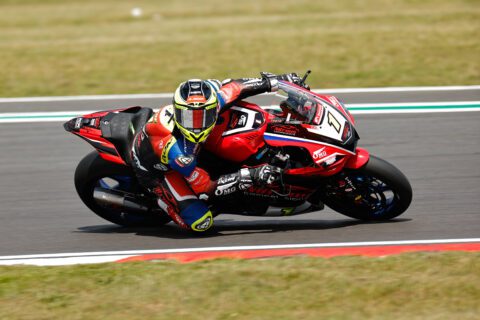
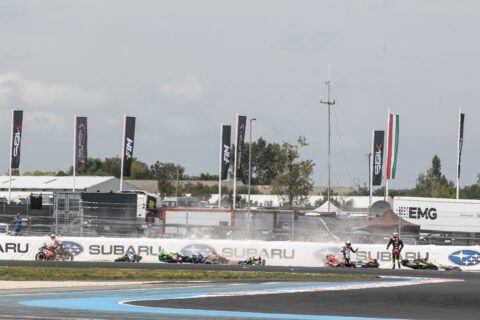
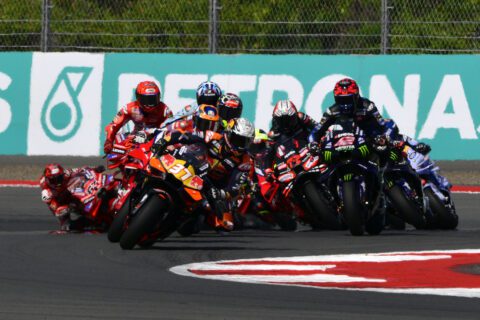
![Shane Byrne, Monstermob Ducati, 2003 WorldSBK, action [Gold & Goose]](https://bikesportnews.com/wp-content/uploads/2025/07/Shane-Byrne-Monstermob-Ducati-2003-WorldSBK-action-Gold-Goose-480x272.jpg)

